The imaginary land of Dhofar. Frankincense origin
A green land in the far south of the Arabian Peninsula, covered with fog and enjoying a distinctive atmosphere, overlooking the coast of the Arabian Sea, and the Arabs still come to enjoy its call Alil, and it was four thousand five hundred years ago a center for land and sea commercial caravans transporting frankincense, incense and other Arab products through the road linking the East with the West and the Arabian Peninsula, including the surrounding great civilizations and empires in Mesopotamia, India, China, the Levant, the Nile and Europe, where those caravans traveled distances of more than 15 thousand kilometers, and the center of The departure of these ships from a coastal city overlooking the Indian Ocean called "Sumhuram" and located in the state of "Taqa" in the land of "Dhofar" in the Kingdom of Oman, which dazzled Queen "Hatshepsut" of the eighteenth Pharaonic dynasty in the fifteenth century BC to reside in it, and it is said that the gift given by the Arab queen "Sheba" to the Prophet of God Solomon brought her from that port located in that city, and it has other names such as "Mosha", "Moja" and "Punt", and its people now call it as "Khor Rori" and it is registered today On the UNESCO World Heritage List.
Recommend
Show key points
- Dhofar, a fog-covered region in southern Oman, was historically a vital center for land and sea trade, especially in frankincense.
- The coastal city of Sumhuram in Dhofar served as a major port for exporting Arab goods to great civilizations like Mesopotamia, India, and Egypt.
- Frankincense, or "white gold," was derived from the Boswellia tree and became a symbol of wealth, spirituality, and healing across ancient cultures.
- ADVERTISEMENT
- Roman historian Pliny the Elder described Omani frankincense as shedding pearl-like tears and credited it for the immense wealth of Dhofar's inhabitants.
- The ancient trade route for frankincense connected diverse civilizations and cultures, with ports like Al-Baleed playing a critical role in global maritime trade.
- Medical research supports the use of frankincense for its natural cortisone, making it beneficial for conditions like inflammation, memory issues, and respiratory ailments.
- Of the four types of frankincense from Dhofar, the red-colored Al-Hojri variety is the most prized for its potent medicinal qualities.
The Sad Tree
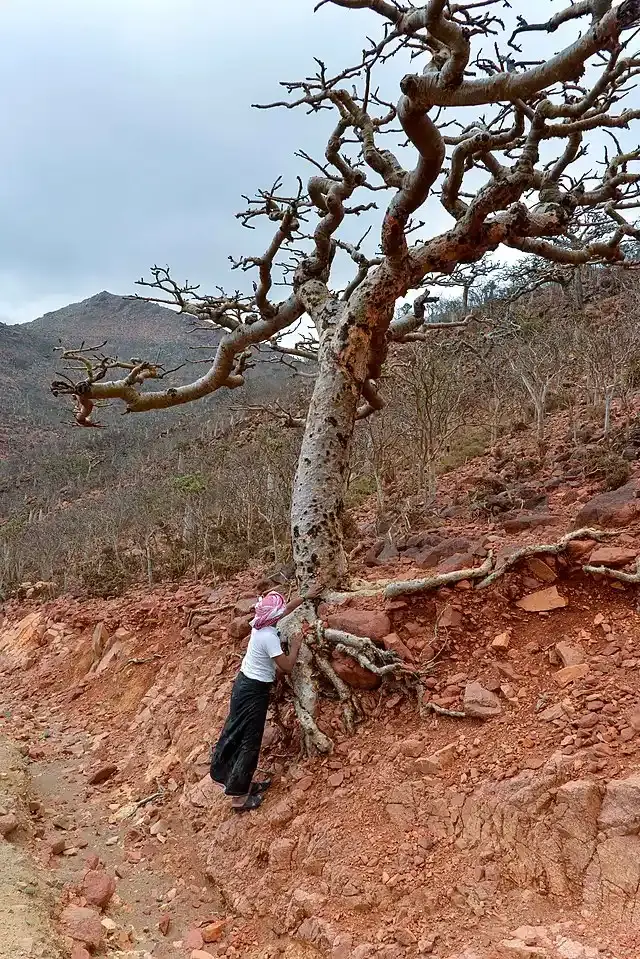
I was known in history as the sad tree. Boswellia, a tree whose fruit comes out of its trunks and branches, sheds tears if wounded, bright white tears descend like pearl drops." These were the words of one of the most famous Roman historians "Pliny the Elder" when he was asked about the Omani frankincense, and said that the inhabitants of Dhofar became super-rich thanks to that strange product. Frankincense. In the Omani frankincense trip, time stops in that historical port, which tells the history of 7000 years in the archaeological park "Al-Baleed", where an archaeological museum was established that was opened in 2007 AD to illustrate the reception of the ships of the Silk Roads coming from China and spice ships coming from India to sell what they have to the Arabs and buy what the Arabs have of frankincense, gold, copper, pearls, coral and other products.
What is frankincense?
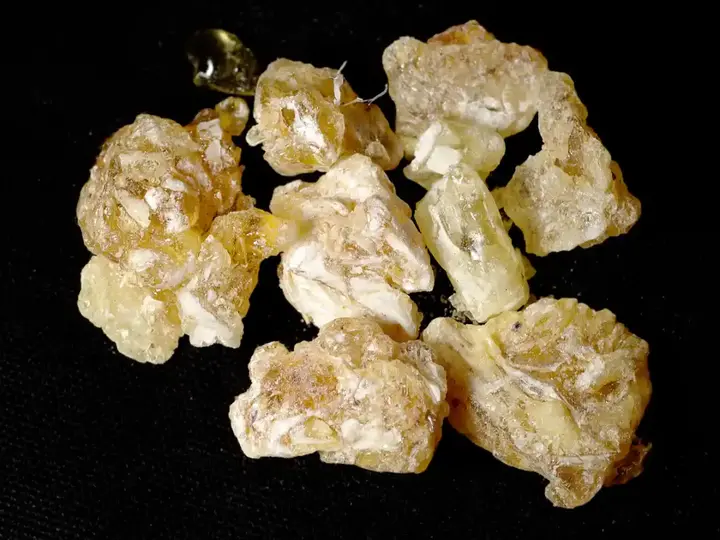
This word is called the white liquid that comes out of the "frankincense" or "Bosweilia" tree when it is injured with a sharp tool, and it is also called tree milk, which is a pigment extracted from the "Bosweilia" tree and used as incense because of its pleasant smell when burned, and it is also used in some medical recipes, and the incense trade was one of the pillars of trade for the ancient Kingdom of "Hadhramaut", so it was called the "Kingdom of Frankincense and Incense", where incense was popular from all over the world.
Frankincense in the books of historians
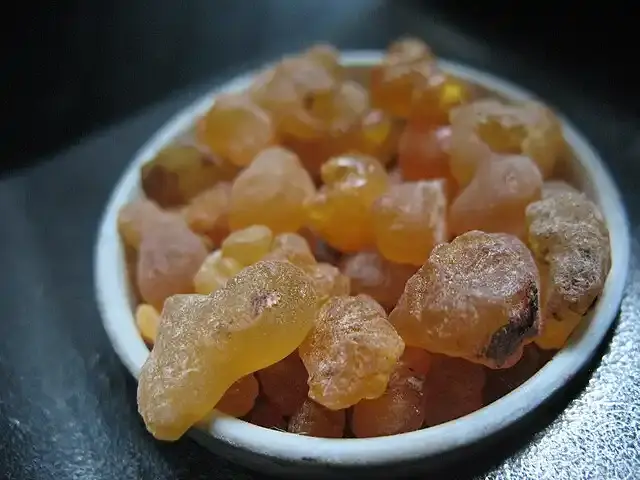
Many historians and travelers, the most famous of which are "Strabo" and "Herodotus", wrote about frankincense, saying that it was a wealth found in southern Arabia, but they were unable to determine its homeland until some of them rumored that its homeland was legendary. Thousands of years have passed and the source of frankincense is surrounded by mystery until the arrival of the surgeon "Carter: in the middle of the nineteenth century to prove that "Dhofar" is the home of frankincense or as it was called in the past. White gold.
Frankincense and incense route
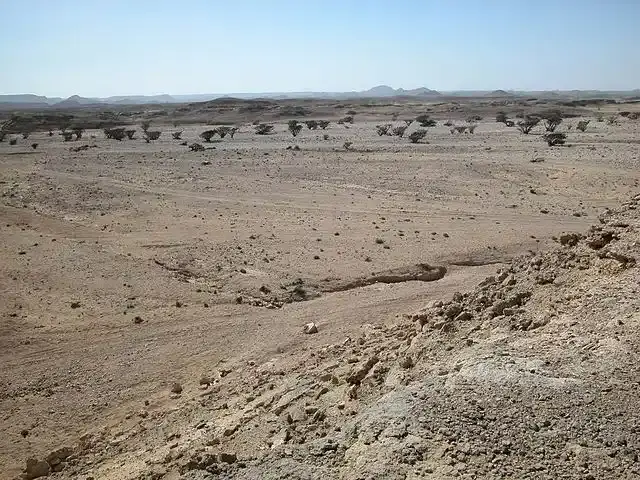
It can not be called only the road where many languages, civilizations and technical skills overlapped and religions, customs and legends gathered on it, where man recognizes the other and himself, history has known four trade ports that are the most important and famous on the Omani coast of Dhofar, the first of which is the port of "Al-Baleed", which dates back to more than 4000 years, described by "Marco Polo" and "Ibn Battuta" as it is located in the city of "Al-Baleed", which was a vital center for trade at that time on the Maritime Silk Road, as it is called, which It connected East and West in the past, and the port of Baleed was in the form of an island surrounded by water on all sides and large ships would dock near it and then send small ships to the island for trade. The second port is Sumhuram, which was mentioned earlier, and the third port is "Hasik", all ports on the coast of the Arabian Sea that used to receive ships from China and India to exchange goods from all over the world.
In 1930, the English traveler "Bertram Thomas" discovered the site of the ancient city of Al-Baleed, but the excavations did not begin until 22 years after its discovery, and on the land of Al-Baleed met peoples crossing the seas and oceans, the excavations in that city did not reveal all its secrets, opened its coral stones and narrow rooms stay stories of thousands of years.
The benefits of frankincense
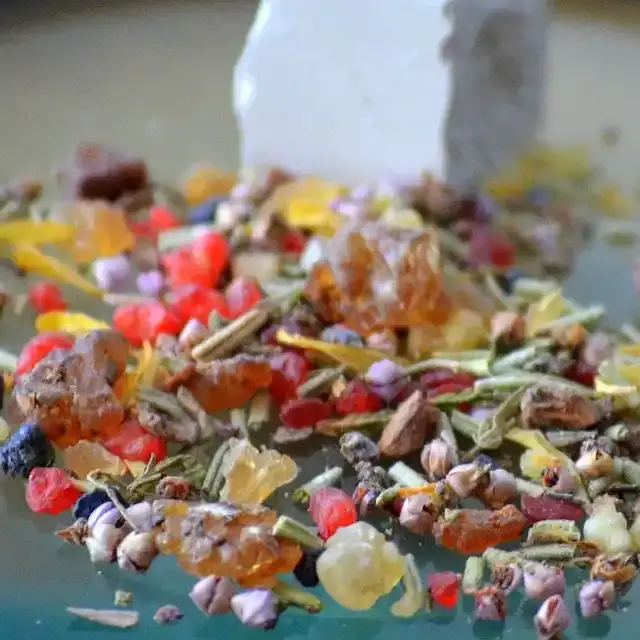
Studies have proven the presence of natural cortisone inside the frankincense, which gives much better effectiveness than industrial cortisone, which has some side effects, and the Arabs said about it in the past that it strengthens the heart and brain and prevents forgetfulness and misunderstanding, and eliminates the symptoms of cough and chest pain and improves kidney function and helps to overcome wasting, and the pharaohs were using it to expel evil spirits and treat touch, and the Chinese and Indians used it in religious rituals. There are many new drugs that rely on the extraction of natural cortisone from frankincense.
Types of frankincense
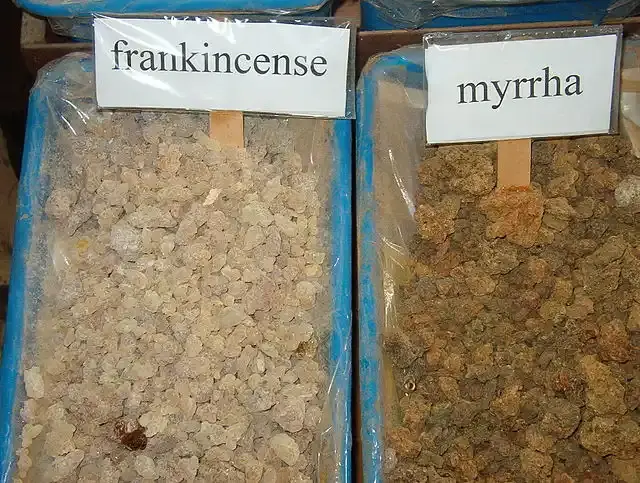
There are four types of frankincense extracted from the Dhofar Mountains, the least quality is the popular, then Najdi, then Shazri, then Al-Hojri, which is the finest types and is characterized by the color red, and has many therapeutic benefits, so other types are used as incense, while Al-Hojri has degrees and is used in medical uses more.
Thar tells stories of the past
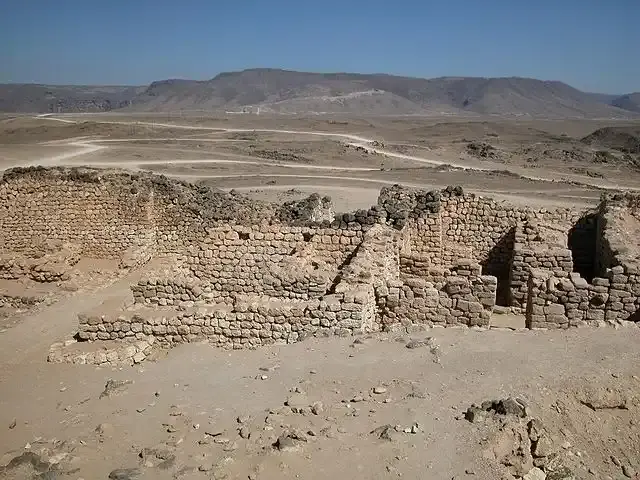
The merchants went, the ships went, and the dull remained with their traces on the coast of Dhofar, which received merchants from all over the ancient world with eyes eager for the arrival of sails and masts to carry stories from the past about the influence and authority that the people of that region of the Arabian Peninsula had to deservedly deserve the title of the fairy land of Arabia.
More articles








